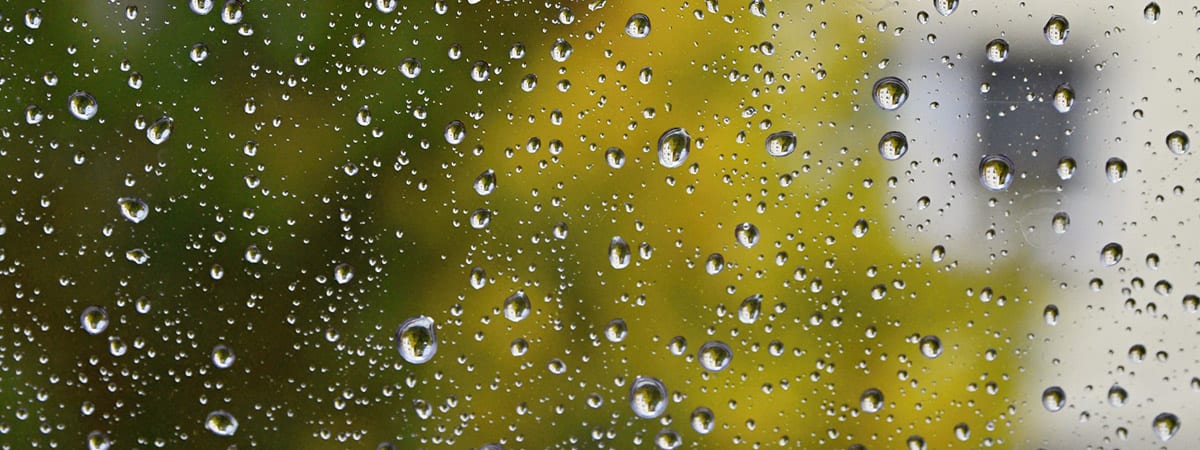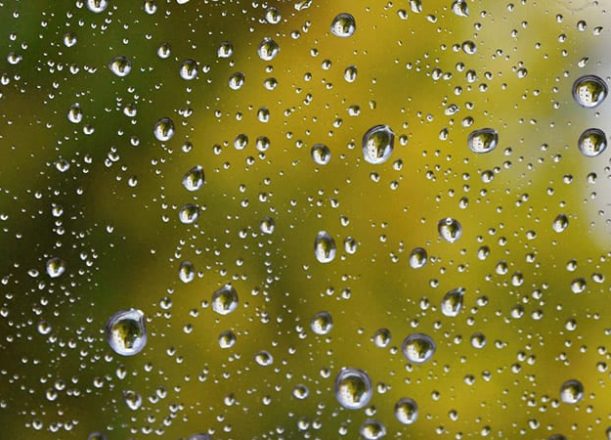We have our personal preference when it comes to indoor humidity. What might be comfortable for me might be uncomfortable for others. But to stop all these debates, the big question is: what is the ideal level of humidity for your home?
Does the definition of proper humidity fluctuate depending on the summer temperature or winter weather? What is relative and high humidity levels? If you’re not sure, then this article is for you.
I’m going to answer all of those questions to know if you should try to adjust your humidity levels or not. In turn, you’ll experience comfort in your home all year round.
Understanding Good Humidity Levels
Understanding and controlling the humidity levels and temperature in your home will directly affect how comfortable you are. Humidity refers to the amount of water vapor that is present in your home’s air.
If you have too much humidity in your home, the air quality will get uncomfortable, wet, heavy, and warm. This can cause breathing problems, the stickiness of your clothing, and will increase the chances of mold growth.
- High Humidity: High levels of humidity can also promote the growth of mildew. Not only can molds and mildew result in the damage of the house, but it can also attract insects inside your home because some insects eat them.[1]
- Lower Humidity: Lower humidity levels inside your home will feel dry and get uneasy. This causes your sinuses to dry; in addition, you might have dry skin, nosebleed, or a sore throat.
- Recommended Humidity Level: The recommended and ideal humidity comfort levels inside your home should be between 30 to 50 percent. This is the range where you’ll feel most comfortable indoors.
- Structural Damage: It’s not just about comfort, but as well as the health of your family. Also, the potential damage it may cause to your home’s structure and even your furniture.
- Hygrometer: You can use an instrument called a hygrometer to measure humidity at your home. There are energy-efficient thermostats that have a built-in hygrometer. Check out my recommended affordable smart thermostats you may find for your home.
- Dehumidifiers: It can be a challenge to control the humidity levels in your home without the aid of a device, which is why dehumidifiers were created. Even an inexpensive one can work wonders to pull excess moisture out of the air. It will lower the overall humidity levels, thus promoting comfort. Since high levels of humidity can create dampness in your home and cause mold to grow, you’ll want to place a dehumidifier in areas that have a lot of moisture.
The parts of your home, such as hallway closets, bathrooms, and basements, have high moisture levels. In the long run, you will see the effects and notice that there will be little to no molds in your home.
If you’re not comfortable in some areas of your home where you spend a lot of time because of the humidity, you may benefit from a dehumidifier in there as well.
To help you save money and lessen your worries, I’ve put together the cheapest dehumidifier list with ratings and reviews of the best and good finds.
What Does High Humidity Mean?

High humidity means that the humidity levels are elevated too far in your home. This is a big problem in areas where outdoor air has a lot of moisture.
There are areas where temperatures rise and fluctuate. It can affect your indoor air and raise your humidity comfort levels. Higher humidity in your home is equivalent to dry air, and hot temperature.
Dry air has a high humidity percentage of 90. The air quality not only feels heavy, but the dry air can also cause damage to your home (like wood furniture) and health too. [2]
Humidity variations and temperature can affect your health. Examples of these health problems are allergies, asthma, throat irritation, and respiratory infections. Dry air causes you to have itchy skin, dry hair, flaky scalp or dry and cracked lips.
The hot season causes increased humidity levels both indoors and out. High humidity is anything above 50, and the temperature increases.
High humidity can cause structural harm to your house. That’s why you need to adjust it to a comfortable and safe humidity level.
High humidity can also cause mold, dust mites, and certain strains of bacteria to begin to live and thrive in your house. They need high humidity levels to thrive, and this is why it’s so important to use the ideal humidity levels all year-round.
What Does Relative Humidity Mean?
When people talk about relative humidity, they’re talking about the percentage of water vapor in the air at specific temperatures.
You compare this to the amount of water vapor that is the maximum amount the air can hold at that specific temperature. This is your relative humidity.
It’s important to understand that warm air is capable of holding more water vapor than cold air can, and this is why humidity levels are higher during the hot season.
When your indoor or outdoor air is holding the maximum amount of water vapor possible, it’s at 100 percent relative humidity (the air temperature is at 75 degrees Fahrenheit or 24 degrees Celsius).
If it only has half of the water vapor that it’s capable of holding, your relative humidity level is 50 percent.
How to Maintain Ideal Relative Humidity Levels?
Humidifiers and dehumidifiers are great options to maintain ideal relative humidity levels, the whole year-round.
These devices work with your home’s heating and cooling systems to remove or add moisture in the air.
Plus, some of them promote potential energy savings. The concept is simple. During winter months or the cool season, use a humidifier for dry air. During summer or warmer climates, use a dehumidifier to carry out moisture.
Using these devices more often will lessen breathing problems, allergies, lessen instances of a nosebleed, and increases comfort.
What is a Good Indoor Humidity Level in Summer?

The summer months bring increased humidity levels because the air is warm. We talked about how the right humidity levels are between 30 to 50 percent.
During summer, where the temperature is feeling much hotter, you may want to keep your indoor humidity levels less than 60 percent at all times. This is where a dehumidifier can come in handy.
It is the right product to help control or reduce your home’s indoor humidity levels by pulling moisture out of the indoor air and spitting cooler air back out. In addition, it can also contribute to energy saving with its relation to the use of the HVAC system.
Aside from using a dehumidifier to beat the summer heat, you can also install exhaust fans. This will allow the accumulated heat inside the house to exit the premises.
The water vapor will collect in an internal bucket that you manually empty, or you’ll run a hose out the back of the humidifier outside, and the water will run out.
What is a Good Humidity Level in Winter?
During the winter months, when the temperature is low, the suggested humidity level is down between 30 to 40 percent. This will give you plenty of moisture in the air, so it’s not too dry or too moist.
Low humidity levels also help keep the condensation off of your windows. One thing you must be careful about low humidity levels, as this can often cause a nosebleed.
Make sure to maintain and reduce it on the suggested level during winter, which is 30-40 percent. If your humidity levels are high enough for condensation to collect on your windows, then it’s most likely collected in your walls and around your home, where it can potentially cause damage.
Keeping your levels less than 40 will prevent this from happening.
Conclusion:
As a homeowner, you must make sure that the temperature is comfortable and much enjoyable for every family member, not only you.
Now that you know what is proper humidity for your home all year, you can work on getting and keeping it in an acceptable range.
This will allow you to live comfortably, keep microorganism growth down, and protect your home from moisture damage.


